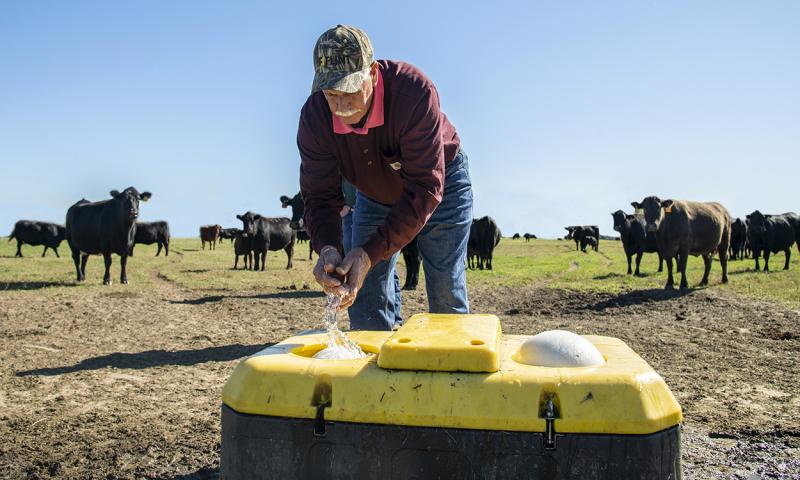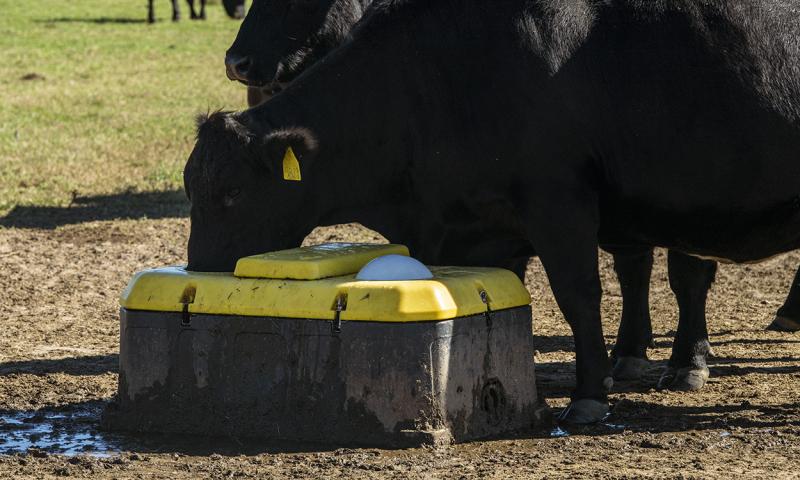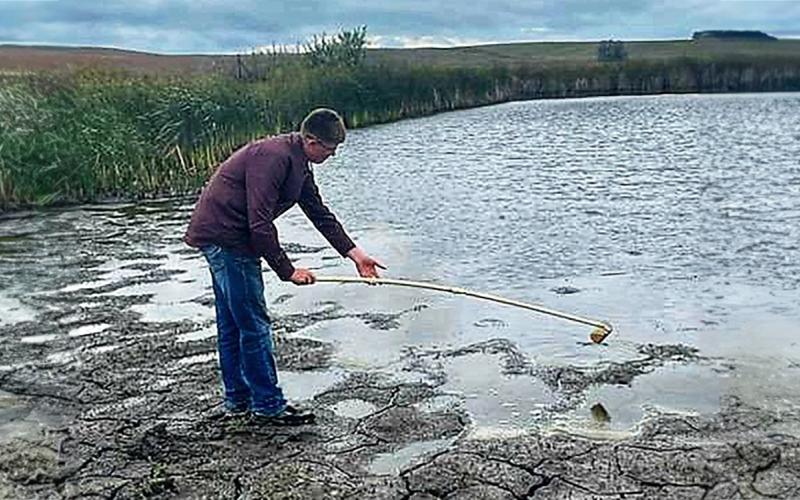What is salt toxicity?

Salt toxicity is a result of either a high concentration of salt in a diet of an animal or water deprivation. All livestock species are susceptible to salt toxicity. Animals prone to salt toxicity are animals deprived of salt and not acclimated to high levels of salt. When animals are given access to high salt concentrations, whether through free access, feed, or water, salt toxicity could occur.
Salt toxicity can also occur because of water deprivation. When an animal is deprived of water or has reduced intake due to poor quality, sodium will accumulate in the serum and all tissues of the animal, including the brain. In instances of water deprivation, the name “salt toxicity” is misleading since there is not excessive sodium, but it is concentrated in the cells due to dehydration of the animal. In these dehydrated animals, when access to water is restored, water from the bloodstream will rush to the brain because of the residual high sodium content there. Cerebral edema, or swelling of the brain, is the result. Salt toxicity is also called water (salt) intoxication.
Salt Toxicity Symptoms
- Symptoms affect the gastrointestinal tract and central nervous system, including abdominal pain and diarrhea, followed by circling, blindness, seizures, partial paralysis, and death.
- Animals can also display aggressive behavior.
- Contact your veterinarian if you suspect salt toxcity, because symptoms of salt toxicity are similar to polioencephalomalacia (polio) due to sulfate toxicity and other nervous system disorders.
Managing Dehydrated Animals

If your animals have been deprived of water or their consumption has reduced, contact your veterinarian.
To prevent the severe effects of salt toxicity, animals should be introduced to fresh water slowly, in frequent small amounts. The animal’s body needs to acclimate to the water over time. Free access to water will lead to severe clinical signs of salt toxicity.
Gradual access to water can be accomplished by filling tanks half full, letting cows drink it down, waiting, then repeating until animals are acclimated.
If you rely on dams, dugouts and creeks, managing water consumption is more challenging. They may need to be fenced out and water pumped into a tank(s) or water hauled. Monitoring water consumption and limiting intake to small amounts is critical.
Preventing Dehydrated Animals

Avoid animals becoming excessively dehydrated. Provide a constant supply of good quality water to your animals.
Test all wells and surface waters, including spring fed. Water quality can change quickly. Poor quality water will reduce intake of water leading to dehydration. SDSU Extension offices provide a quick test to help determine livestock suitability. Contact Robin Salverson, SDSU Extension Cow/Calf Field Specialist, to find a testing location near you.
Natural disasters, such as high wind, lightning, and blizzards, could affect electricity, shutting down wells, and cold weather can also freeze water tanks. These all lead to animals being deprived of water or making animals drink from potentially poor-quality dugouts and dams. Keep tanks clean of moss.
If you suspect problems, contact your veterinarian. For further information on livestock water, view the articles Performing a Field Test for Livestock Water Quality and How Important Is Water Quality to Livestock?.


